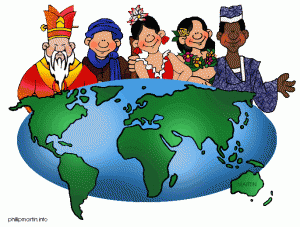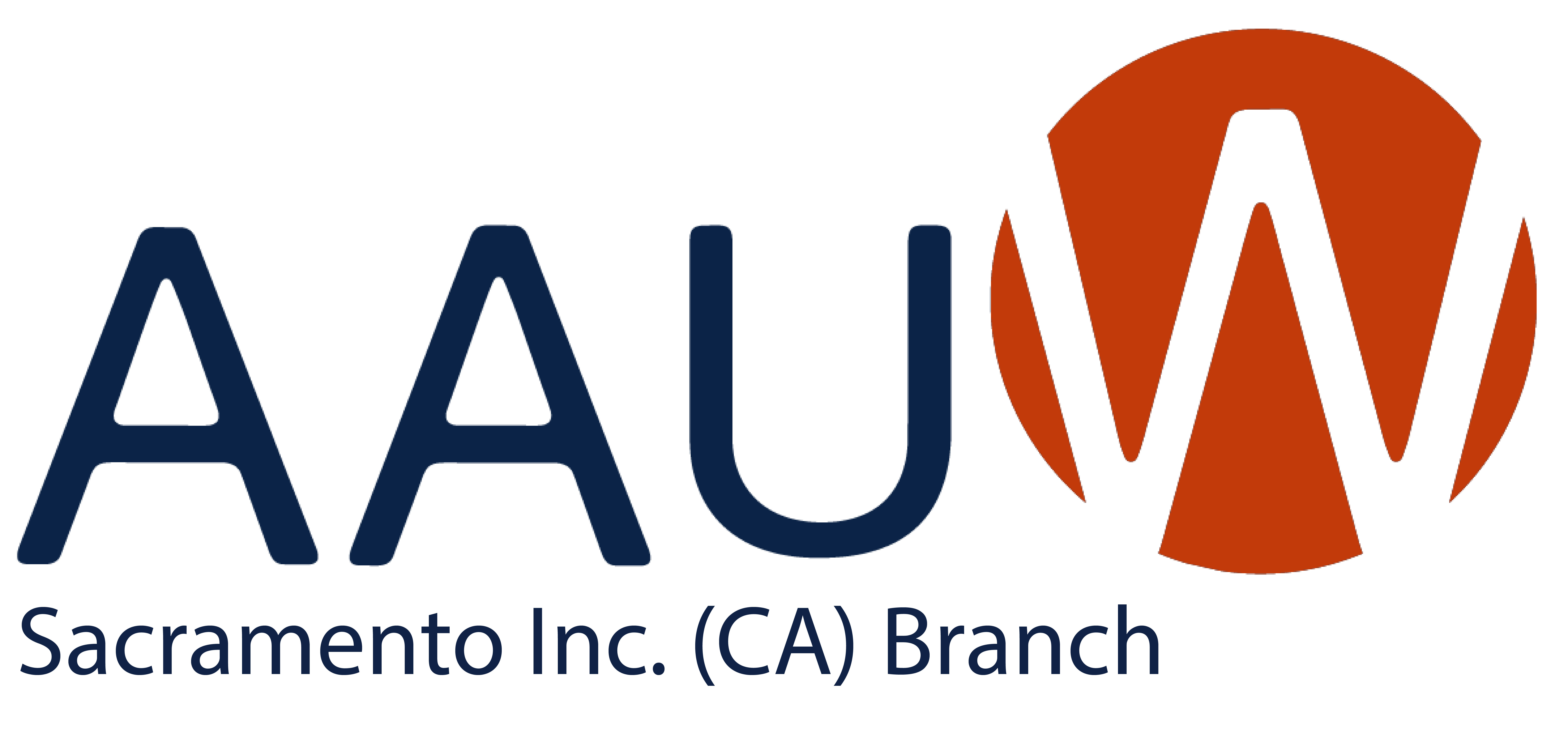 One of our interest groups, Cultural History, is a book group with a difference. They read books that focus on American and world culture, seeking to learn how we got where we are. They are just finishing up their exploration of If Walls Could Talk by Lucy Worsley, a book about the evolution of rooms and what goes on in them. (Parenthetically, the versatile Worsley has written and narrated a TV program that just started showing locally on PBS: “Secrets of the Six Wives” — of Henry VIII, of course.)
One of our interest groups, Cultural History, is a book group with a difference. They read books that focus on American and world culture, seeking to learn how we got where we are. They are just finishing up their exploration of If Walls Could Talk by Lucy Worsley, a book about the evolution of rooms and what goes on in them. (Parenthetically, the versatile Worsley has written and narrated a TV program that just started showing locally on PBS: “Secrets of the Six Wives” — of Henry VIII, of course.)
Next on the Cultural History agenda is a book called The Innovators by Walter Isaacson, who has also written well-received biographies of Steve Jobs and Henry Kissinger, among others. It’s about the evolution of the digital age, which began with work by Ada Byron, Lord Byron’s daughter, of all people. Two components were needed for the digital age: computers that individuals could use, and the Internet, which involves collaboration. Digitalization since then has been accomplished through collaboration, not through individual invention. If you think about it, there were no Edisons or Bells or Morses whom everyone knows involved in its development. Also important are the skills needed to make it work, both collaborative and technical. The final key point is that the digital age involves the intersection of the humanities and science, and those who work with it must be comfortable with both worlds.

